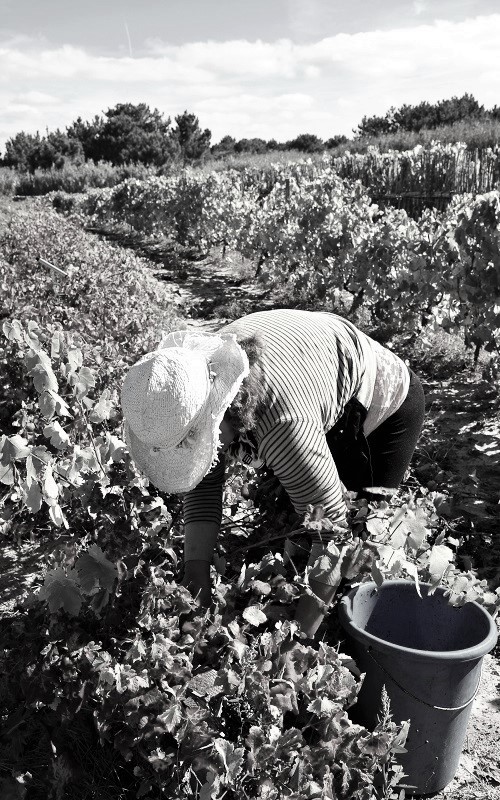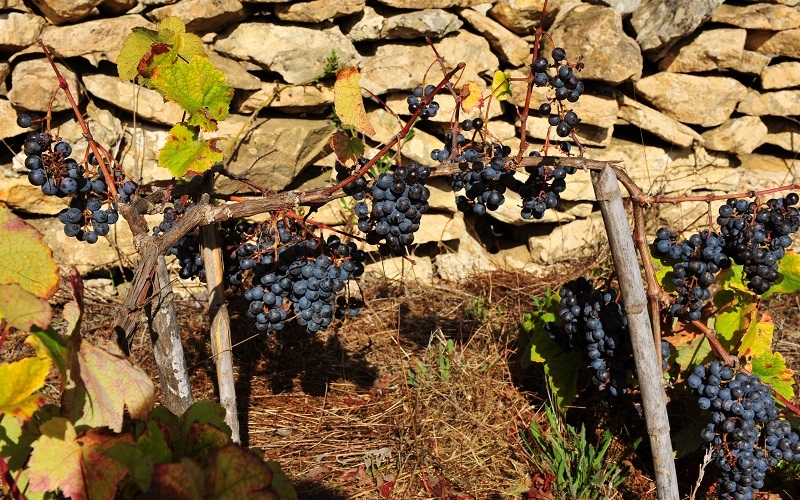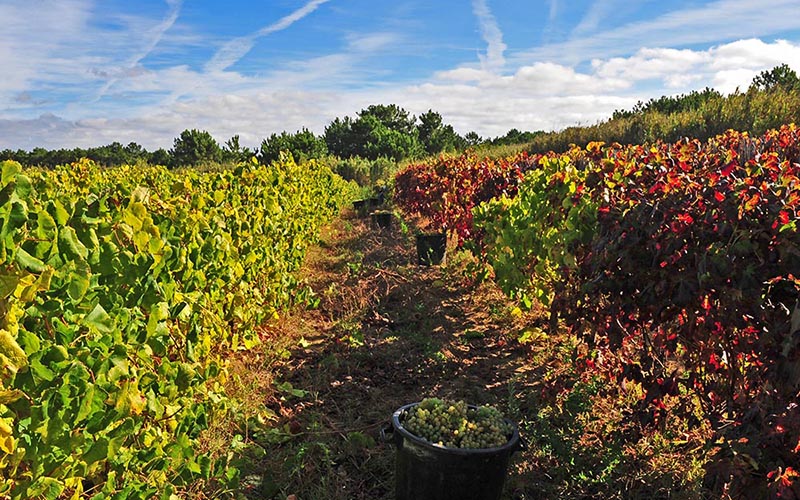History


The Wine and the Vineyard
This area’s vineyards, located close to the sea and influenced by very strong sea winds, are protected by reed palisades, giving this wine landscape a very special look.
Given its geological nature, Colares is divided into two sub-zones: "sandy soil" (dune region) and "hard soil" (limestone soils, brown marl or similar).
The unique characteristics of Colares wine come from its grape varieties, temperate and humid soil and summer climate, and also from the fact that 80 % of the vineyard is located on a "sand soil", respecting the traditional practice of grafting the roots in the stratum underlying the sand layer.
Colares wine only reaches its highest quality after several years, although the minimum age is 18 months. Given the long stage the wine undergoes, marketing is very limited and the region of Colares can become a sanctuary for connoisseurs of this wine.
Demarcated Region
Colares, reclining on two hills on the Sintra Mountains, is a demarcated region since 1908.
The 1908 charter recognizing Colares as a regional wine was the law that created the demarcated region, a heritage of rarity, if not unique, in the entire viticultural world.
The region is confined to an area of loose tertiary sand land, resting on a cretaceous clay zone which, in ancient times, is believed to having been part of the sea and where the vines develop their roots.
The geographical area corresponding to the Denomination of Origin of "Colares" comprises the civil parishes of Colares, São Martinho and São João das Lampas.






